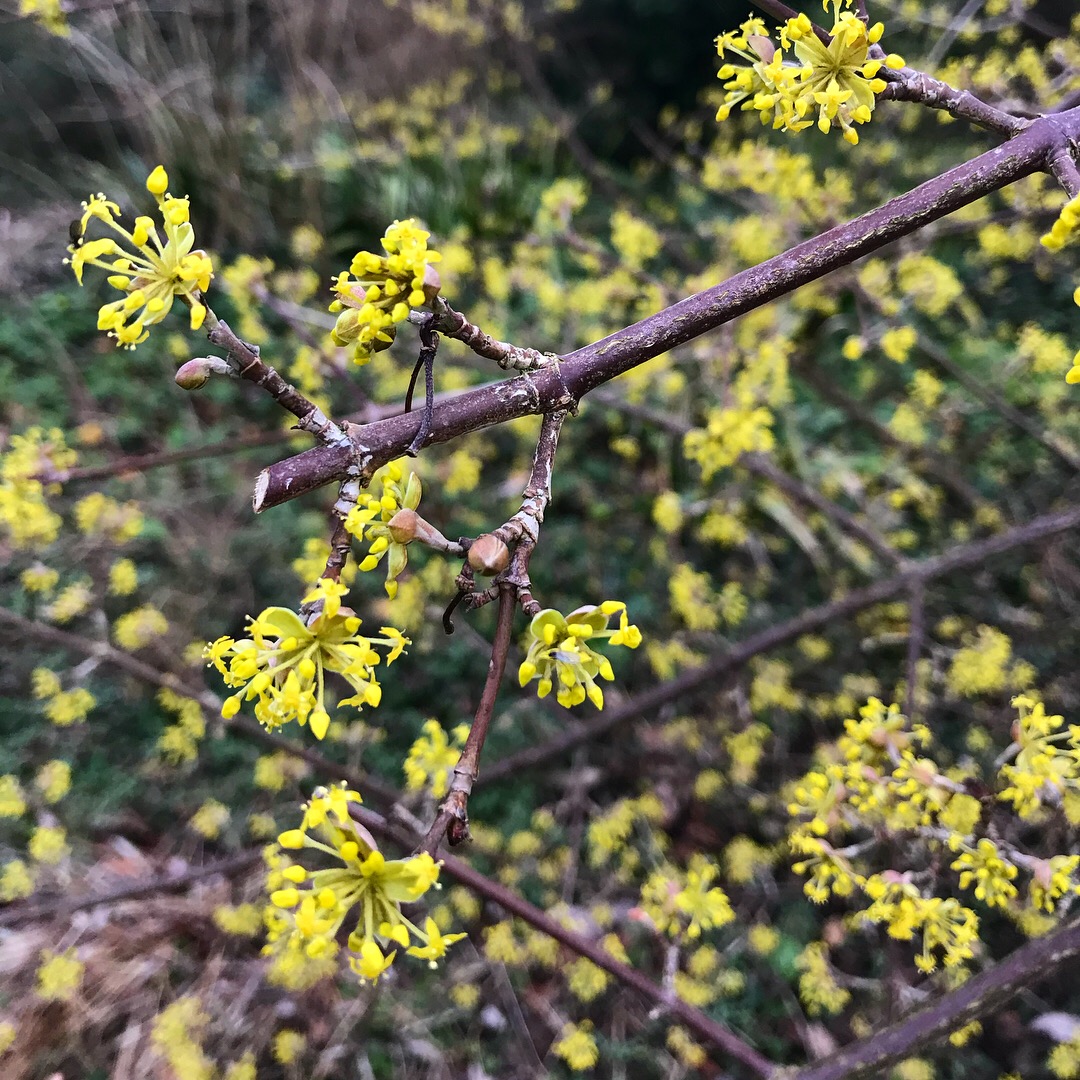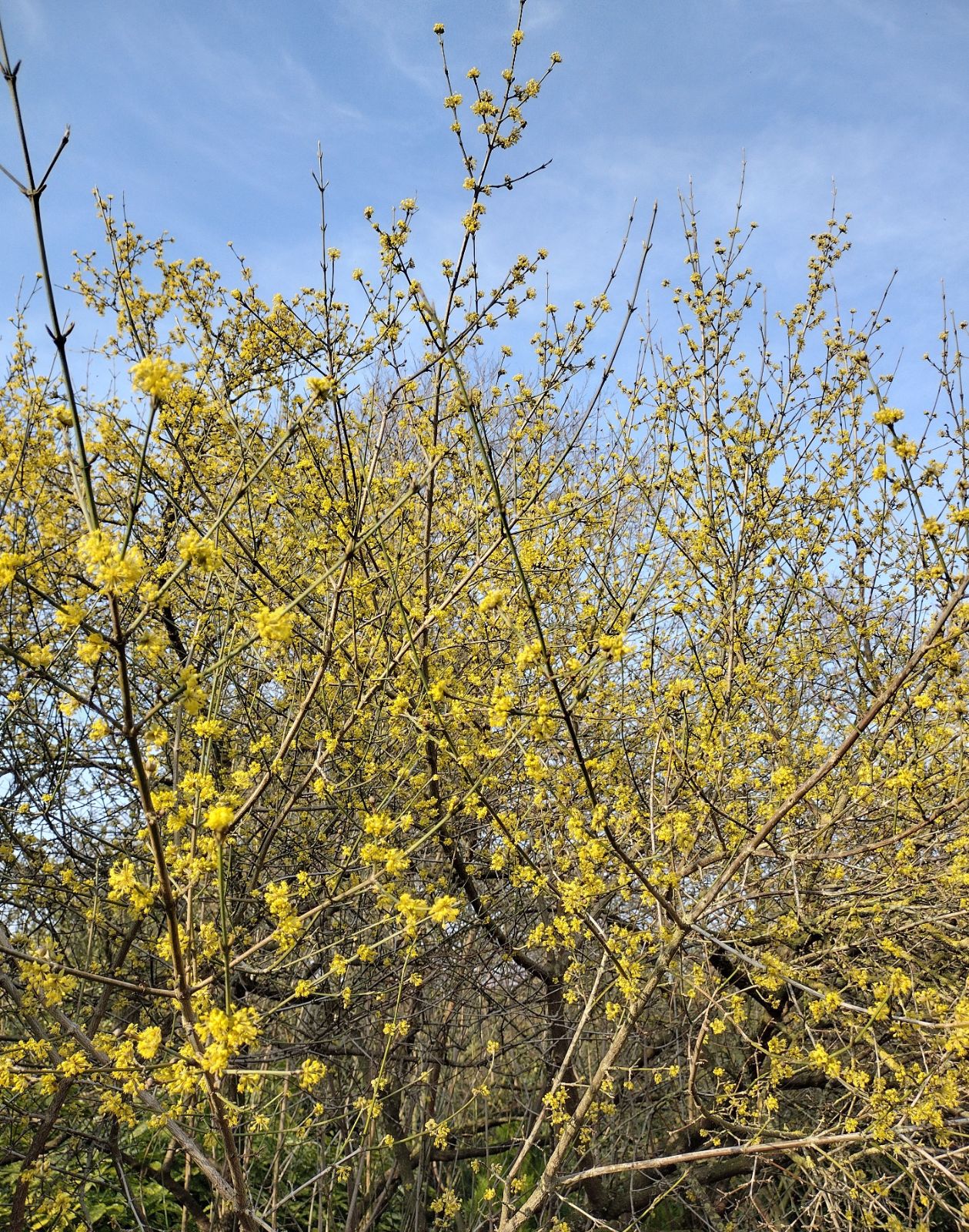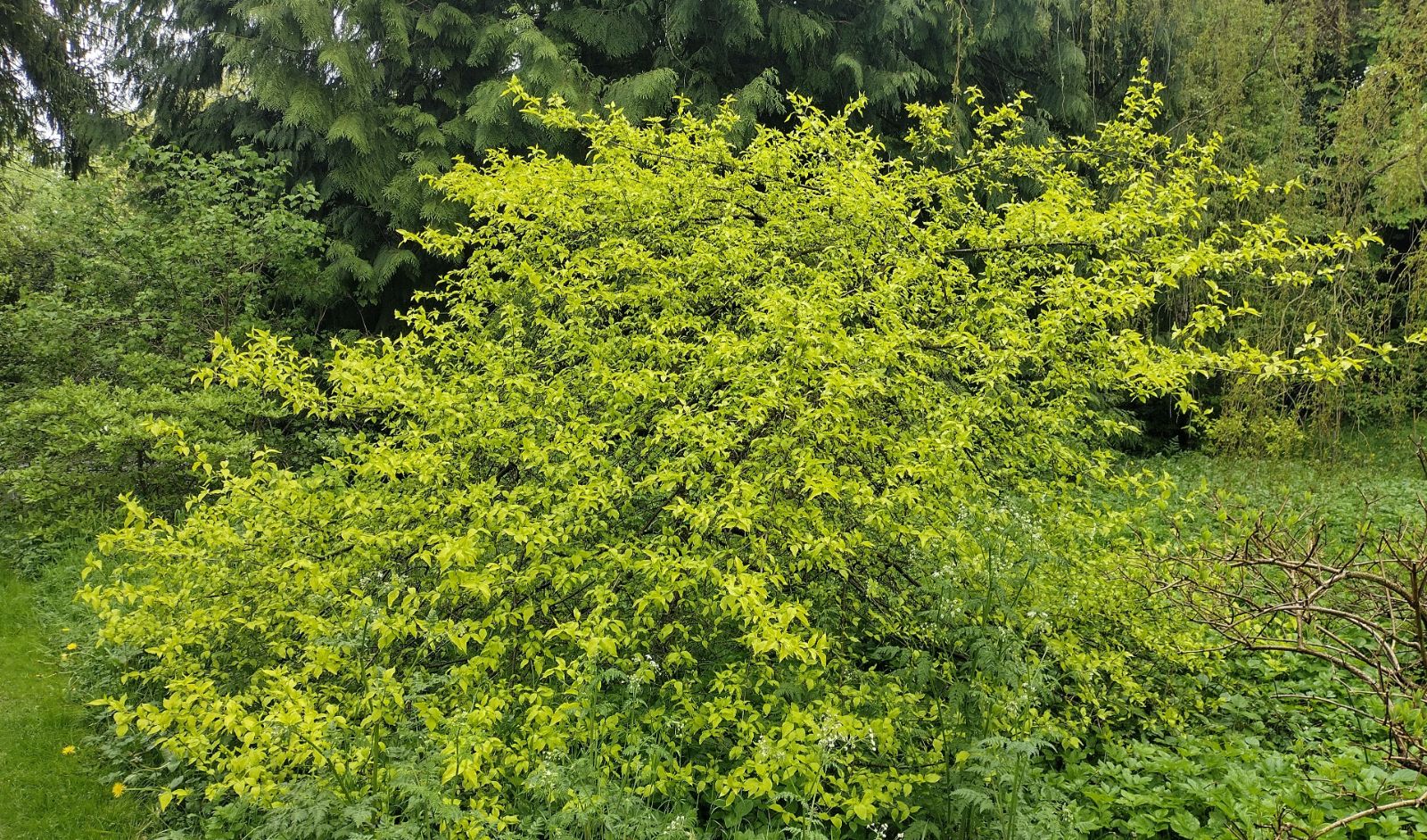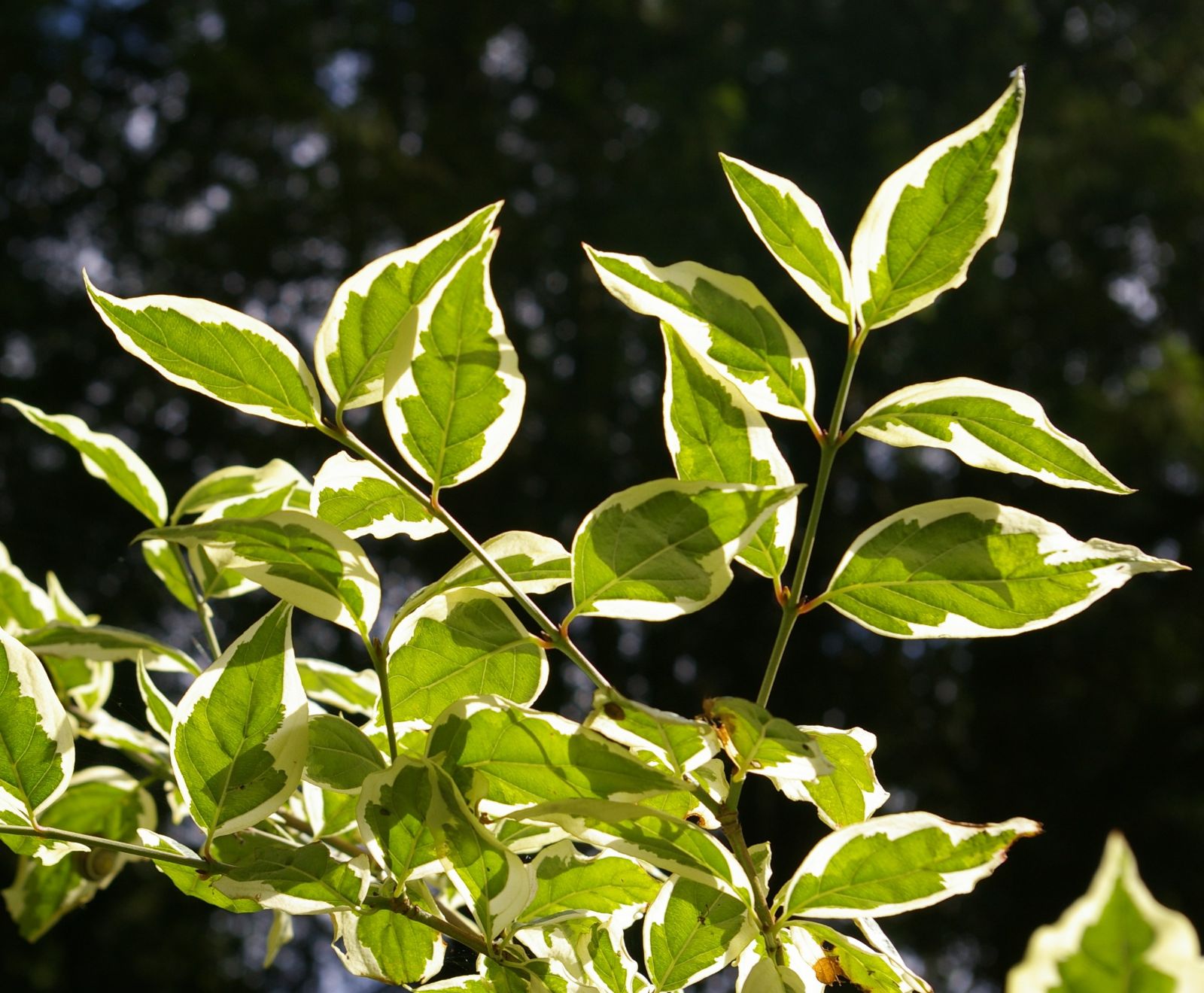Cornus mas
Credits
Article from Bean's Trees and Shrubs Hardy in the British Isles
Recommended citation
'Cornus mas' from the website Trees and Shrubs Online (treesandshrubsonline.
Infraspecifics
Other taxa in genus
- Cornus alba
- Cornus alternifolia
- Cornus amomum
- Cornus asperifolia
- Cornus australis
- Cornus baileyi
- Cornus canadensis
- Cornus capitata
- Cornus chinensis
- Cornus controversa
- Cornus × dunbarii
- Cornus elliptica
- Cornus florida
- Cornus glabrata
- Cornus hemsleyi
- Cornus hessei
- Cornus hongkongensis
- Cornus × horseyi
- Cornus kousa
- Cornus macrophylla
- Cornus monbeigii
- Cornus nuttallii
- Cornus occidentalis
- Cornus paucinervis
- Cornus racemosa
- Cornus rugosa
- Cornus sanguinea
- Cornus schindleri
- Cornus sessilis
- Cornus stolonifera
- Cornus wilsoniana
A deciduous shrub or small tree sometimes 45 ft high, of spreading, rather open habit; young branchlets covered with minute, flattened, greyish hairs. Leaves ovate, 11⁄2 to 4 in. long, 3⁄4 to 11⁄2 in. wide (sometimes considerably larger on strong shoots); apex slender-pointed; base tapered or rounded; dark dull green, both surfaces furnished with centrally attached, flattened hairs; veins in three to five pairs; stalk 1⁄4 in. or less long. Flowers 1⁄6 in. diameter, yellow, produced in February and March on the leafless stems in short-stalked umbels from the joints of the previous year’s wood, each umbel about 3⁄4 in. across, enclosed before opening in four downy, boat-shaped bracts. Fruit a bright red, oblong drupe 5⁄8 in. long, about 1⁄2 in. wide, indented at the apex, of good acid flavour. Bot. Mag., t. 2675.
Native of Europe, cultivated for centuries in Britain. Before the introduction of the Japanese witch hazels the Cornelian cherry was the most effective of yellow-flowering shrubs in bloom as early as February. It is still one of the most valuable we have. As it is without foliage when in bloom, it is a great advantage if it can be associated with some evergreen, such as holly. The fruit is handsome, but not, in my experience, freely borne. The wood, although limited in quantity, has considerable value because of its tough, hard, durable nature. It was formerly, if not now, much used on the continent for small articles in domestic use. The fruit also used to be made into a rob (syrup) or preserve. The following varieties are in cultivation:
'Aurea'
RHS Hardiness Rating: H6
A bright gold-green selection especially in full sun where it might scorch, and best grown in medium shade. Prone to leaf spot if kept on the dry side. (Cappiello & Shadow 2005)
'Aurea Elegantissima'
Leaves prettily variegated, having a wide unequal border of yellow, some entirely yellow; others tinged with pink. This was given an F.C.C. when shown by Lee of Hammersmith in 1872 and probably originated with them.C chinensis Wanger
This is another E. Asiatic relative of C. mas, common in Central and S. China, collected several times by Henry. It is distinguished from C. officinalis by the whitish-grey indumentum of the under-surface of the leaves and from both species by its longer, more tapered sepals and the black fruits. For the late Frank Kingdon Ward, this species always called to memory the great Assam earthquake of 1950. Collecting near Rima, where the Tsangpo emerges from the Himalaya, his attention was caught by a dogwood that resembled Cornus mas but was ‘taller, with a smooth, palm-like stem and much larger mops, composed of more numerous flowers, of a luminous sulphur-yellow’. A few days later the hillside on which he was camping was thrown into the river by the shock of the earthquake and he barely escaped with his life. However, seed of the Rima dogwood was collected and of the six plants raised, one survived and is the parent of those now in cultivation. The finest and best known specimen grows in the Temperate House at the Savill Gardens, where it has assumed the aspect of a tree of some tropical rain-forest, with leaves a foot long. Kingdon Ward’s introduction is certainly tender, but worthy of trial in the milder and moister parts of the country.f. nana (Carr.) Schneid
When he published the name var. nana, Carrière included under it two clones: one, making a small spherical bush, derived from a yellow-fruited form of the species; the other, similar in habit, had stouter shoots clad with short hairs and tinged red, especially near the leaf insertions.'Variegata'
An old, slow-growing selection with small grey-green leaves and a cream margin. Stable but best grown in shade to avoid margin scorch. (Cappiello & Shadow 2005)








